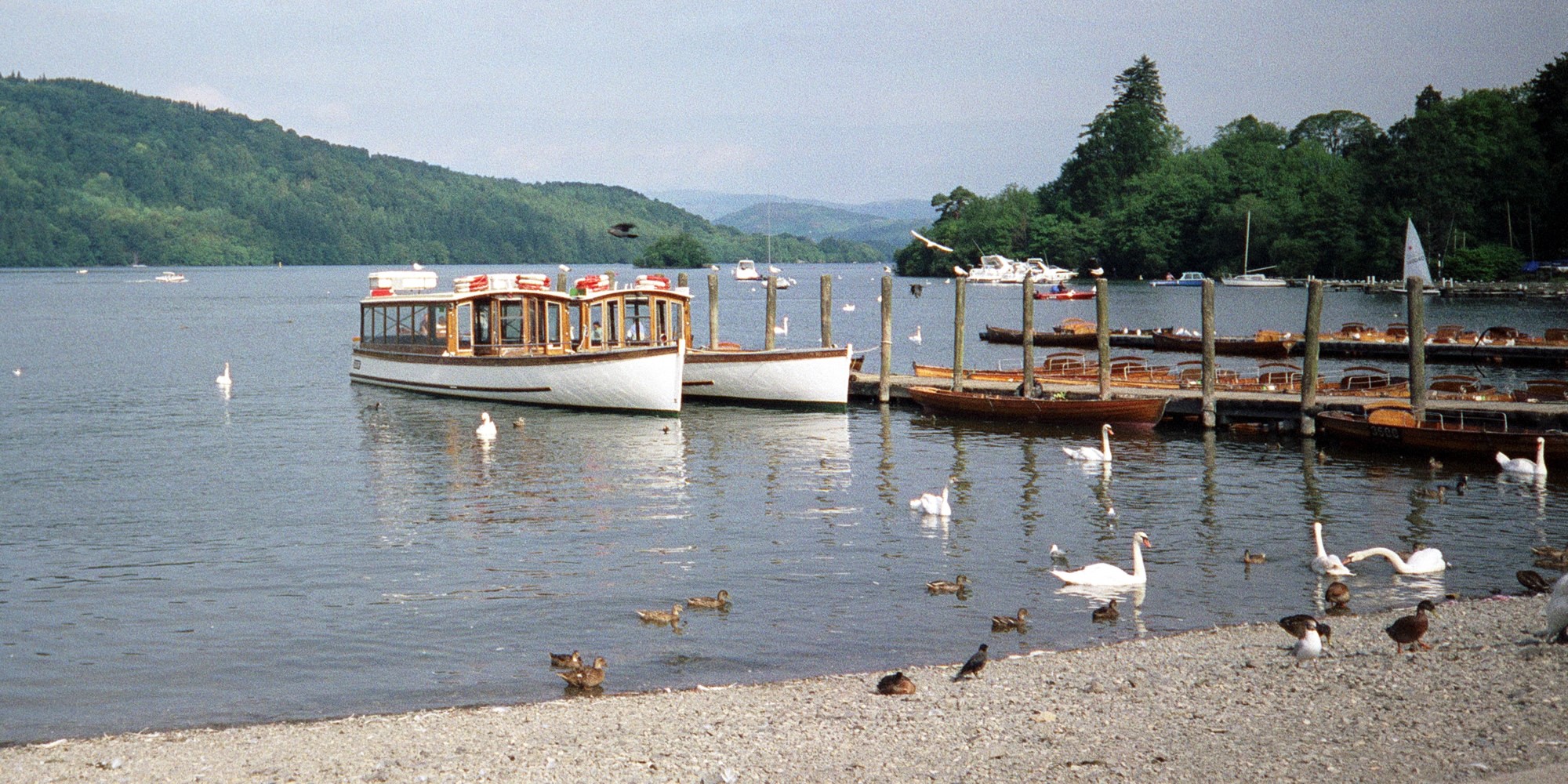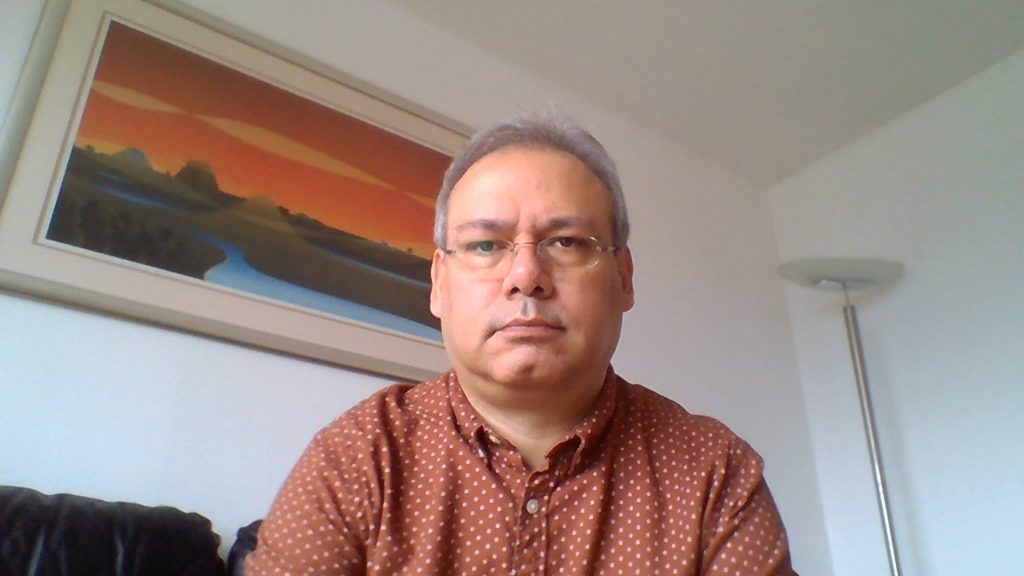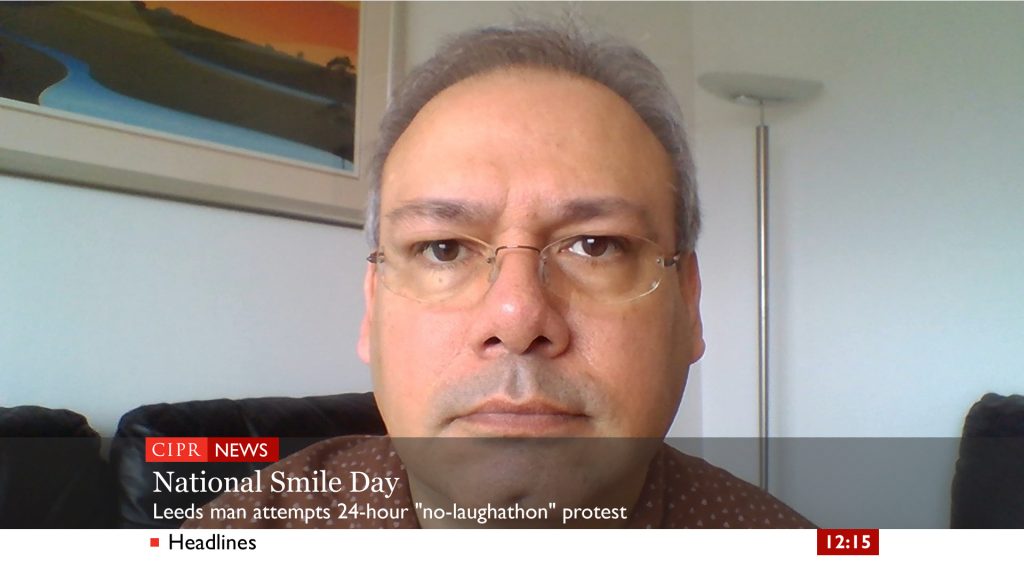Until fairly recently1 Media Production students at Leeds Trinity were taught by a man called Andrew Clifford. He also taught me, back in 1986-1990.
Once in a while a student or group of students would present him with a piece of work for him to assess. He would inevitably ask the question: “Have you seen anything like this on television before?” To which the unsuspecting student, with misplaced pride, would answer “No.”
“Do you think there might be a good reason for that?” he would respond.
There are times to be creative. Appearing on a news bulletin is not one of them.
Down the line
I sometimes think that I’m odd, not because I notice things but because I notice that I notice things. While I haven’t done a ‘proper’ television interview for 10 years (helping students doesn’t count) some things stay the same since from before when even I was a student.
If you watch the pros do a ‘down the line’ or ‘piece to camera’, the one thing you won’t see is their ceiling. And yet pretty much every person interviewed via their own webcam has a large amount of ceiling as their background.
It’s even worse when there’s a bookshelf or two in shot. Why not use some of those books to raise the height of your camera to eye level? It also means I don’t have to admire your chins or nose hair as well.
In my case, I’ve taken a tip from BBC Click and started to use… my ironing board.
Chinny-chin-chin
Taking of chins…
I’m sure many of you have used the camera on your phone (or similar) to have a video chat on FaceTime (or similar). And you’ve filled the screen with your face, haven’t you?
Well don’t do that on television!
It’s tempting to do this as there’s so much space at the side of a 16:9 screen you worry that your face will get lost in all the background clutter (pro tip: tidy up your background clutter, and don’t use silly ones that put you in the Queen Vic or the Tardis, or on a beach).
But you’ve forgotten that you’re on television, not your mate’s phone. TV news programmes use the bottom quarter of the screen for captions, news tickers and suchlike. In the UK we tend to refer to them as ‘Astons’, after the company that makes the equipment; in the US they tend to be called ‘Chyrons’, for the same reason. The technical term is ‘lower third’ but they rarely take up that much space.
The point is that if you’re not careful your mouth will end up behind them. Compare these images; I mocked up the graphic from a BBC News screen grab to give you an idea of how much space to leave. In fairness the BBC seems to use the most ‘screen estate’ for graphics compared with Sky or ITV/ITN, but better to be safe than sorry.
Nice-to-haves
It’s not always possible in a home set-up; but if you can, don’t have a strong light source behind you, such as a window. Front-facing cameras tend to be cheap, they have problems getting the contrast right. Ideally, you should be in front of – but not too close to – a window or other diffused, indirect light source. If you’re previewing the papers there’s not much you can do as you’ll be contributing late at night so it’s artificial light or nothing. But have a think about how your room can be rearranged.
If you’ve the money, splash out on a foldable reflector and put it to the other side of the light source, or two if the light source is behind you. That will allow more light to fall on your face.
Also, try not to have a door right behind you unless you’re sure you can lock it, although that might be impossible if you want the light from your window playing on you instead of behind you. I was on a conference call where someone had the door open in the room they were joining in from, and we could see someone walk past in the background. You don’t want to end up as that clip on Twitter, do you?
Summary
On the one hand, working from home means you have to make the best of what you’ve got. On the other hand – and especially if you call yourself a communications professional – going the extra mile helps enhance your reputation as a professional communicator. It shows you understand the requirements of the format. It makes broadcasters’ lives easier.
And it stops me noticing things.
Next time: screen formats, aspect ratios and the art of positioning…
- Actually, he might have left in 2012, the last time I borrowed his students at Leeds United Ladies. Tempus fugit. [↩]




